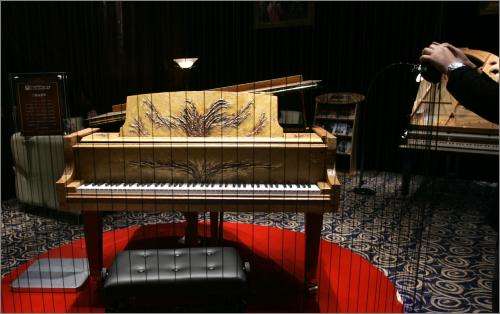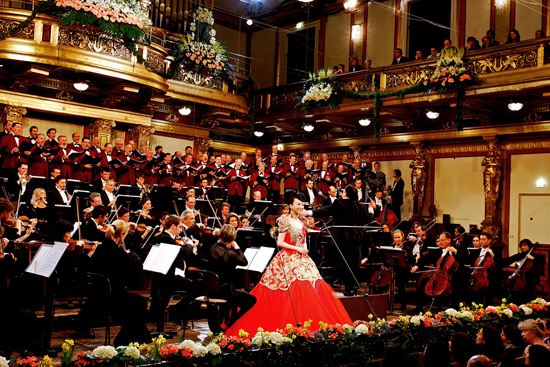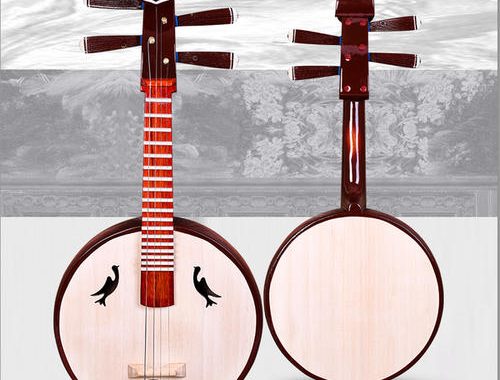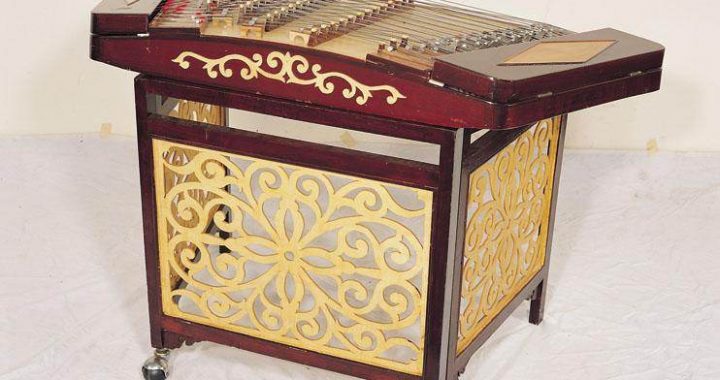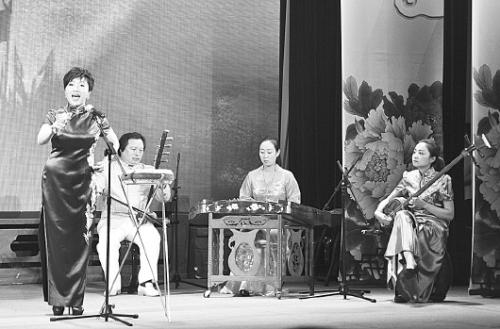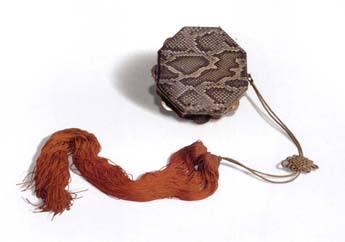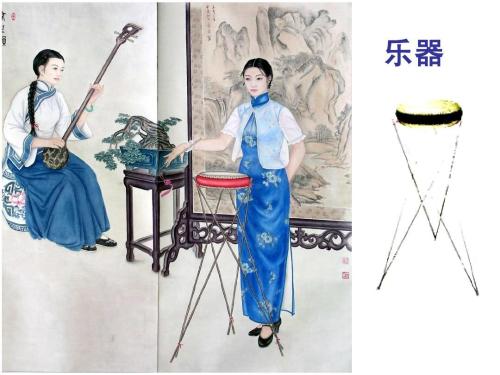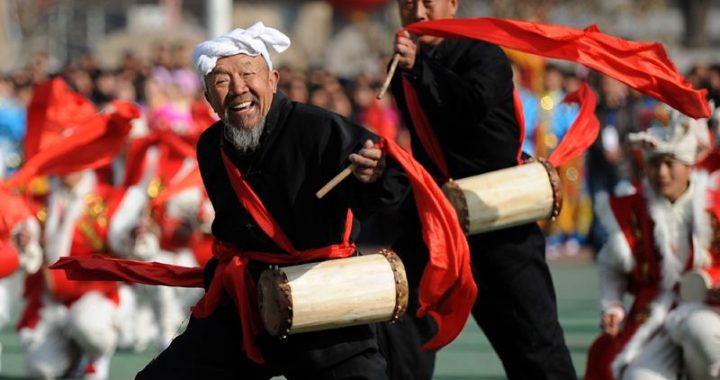Shougu (tambourine) performance
2 min readThe shougu (tambourine) is a distinctive percussion instrument used in Muqam performances, popular among the Uighur, Uzbek, and Kazak ethnic groups. It is also called the dabu, after the sound it produces.
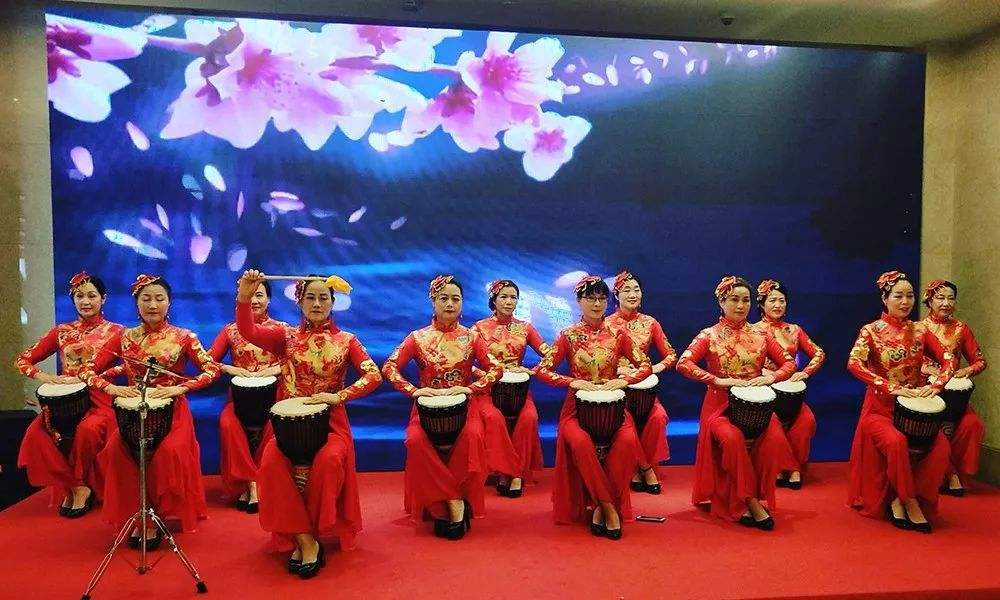
The shougu (tambourine) consists of a round wooden frame covered on one end with a hide drumhead. A number of small iron rings are set around the inside of the frame, producing noise when the tambourine is struck or shaken. The tambourine is played by holding the frame with both hands and striking the head using the fingers but not the thumbs. Distinct contrasts in volume and tone may be produced by hitting the edge or center ofthe head, and controlling the force with which it is struck. The tambourine is used pri-marily to accompany song and dance entertainments and in instrumental ensembles.
Whether Muqam or other traditional song and dance performances, folk entertainments in China have a lengthy history. Ancient literary records indicate that as long as 2000 to 3 000 years ago, song and dance entertainments were widespread among the minority ethnic groups of China’s border regions. Gradually moving into the palaces of the nobility, these minority entertainments subsequently became an important component of China’s court music. Over the last one thousand years, folk song and dance entertainments have flourished in every corner of China. In addition to Muqam performances, a wide range of popular en-tertainments, including Yangge, Huadeng, and Flower Drum folk dancing, have been passed down to the present day, and continue to be enjoyed by every ethnic group.

Yangge is a style of folk dancing that is popular throughout northern China. Yangge celebrations are cus-tomarily held every year during the Lunar New Year holiday and Lantern Festival. A Yangge performance consists of several parts. Guojie (street procession) consists of the Yangge band and dancers parading down the street, performing coordinated maneuvers in time to the music. Dachang (the big show) is group dancing that takes place at the beginning and end of the show. Xiaochang (the little show) is held in an open area where the participants, surrounded by the audience, perform music and dance skits of donkey races, land boats, and stilt walking. Because Yangge performances are held outdoors, the band is composed primarily of loud percussion instruments such as drums, gongs, and cymbals, as well as wind instruments.
